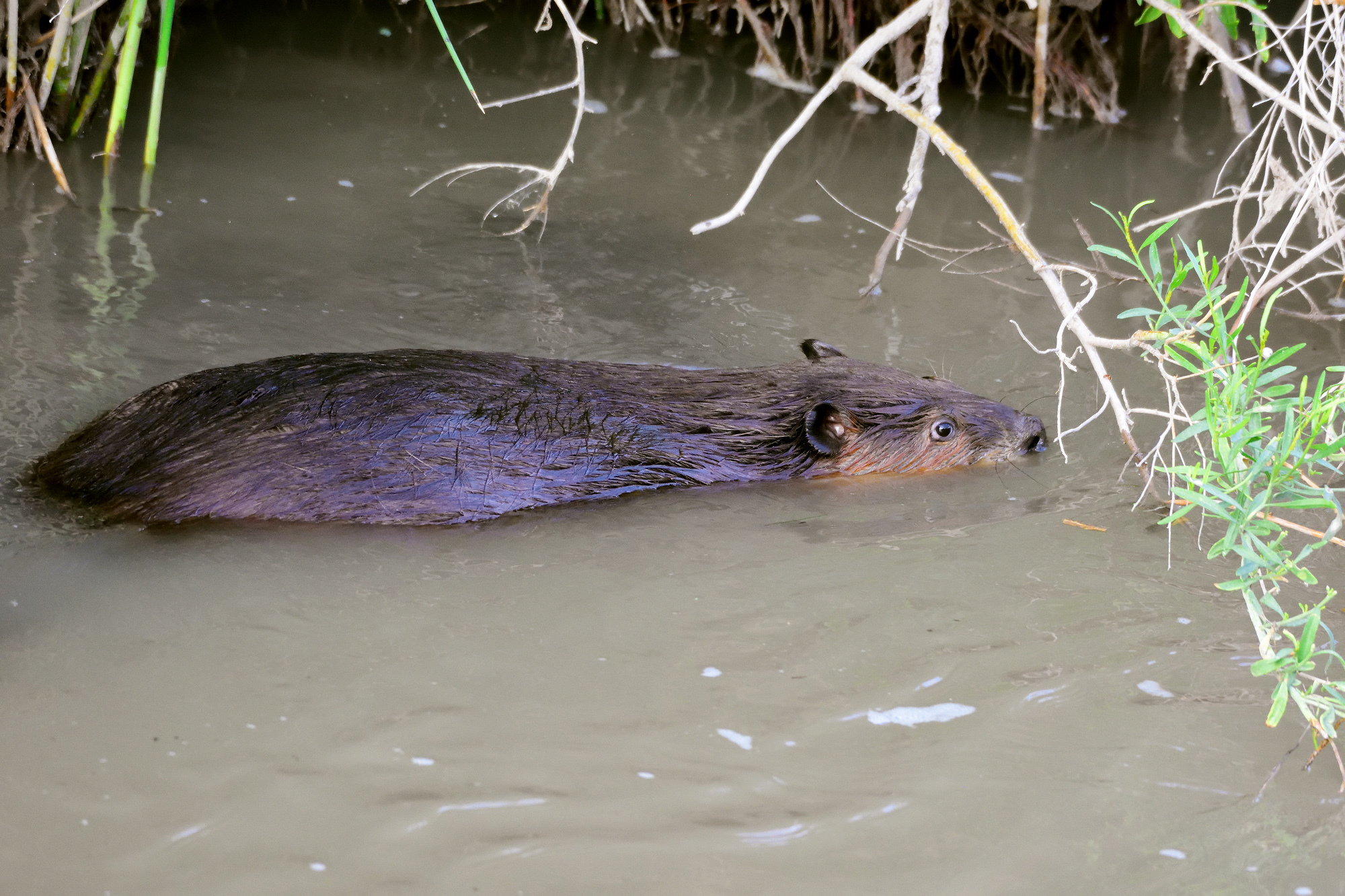
The Western coachwhip is one of the few diurnal snakes in our area, most snakes are nocturnal and rarely seen.
By Rick LoBello
It’s almost Memorial Day, it’s getting hotter and many snakes are starting are coming out of their underground burrows where they have been brumating (hibernating) during the cooler winter months. Snakes are cold blooded animals and can not tolerate extreme cold or heat. As they begin to wake up they are hungry and seeking warm air. They really can’t function when its cold and if they get caught out in cold weather they can die.
People in our city sometimes will find a snake in their yard or when hiking, but overall if you stay on hiking trails you could hike all your life and never see one. The main reason why snakes are rarely seen is because most are nocturnal. Some snakes at this time of year will warm up out in the sun for part of the day making them vulnerable to predators like hawks. Its at this time that you might get lucky and see one.
While most snakes are nocturnal there are some that are largely diurnal because of their interest in catching lizards and other animals active during the day. They include gopher snakes (bullsnakes) and coachwhips. Like any snake rattlesnakes can come out during the day, but your chances of running into one are very slim. Don’t be overly concerned by signs in parks warning you to watch out for snakes. Yes there is a possibility that you might have an encounter with one, especially if you are walking around at night during the summer when most snakes are active.
If you are worried about seeing a snake or getting bit by one, the best way to avoid encountering a snake is by staying on trails and avoiding dense vegetation or putting your hands or feet in places where you can’t see what may be hiding. If you should see a snake, especially a rattlesnake, don’t disturb it any way. Snakes will defend themselves and can bite.
Snakes are beneficial to humans in many ways including how they eat rats and mice that may come around the home, the same rodents who have ticks bearing lyme disease.
Did you know that biologists have identified 32 species of snakes in El Paso-Juarez Border Region? UTEP posted a checklist on their website in 2000 which is very helpful when trying to identify any reptile or amphibian you might find in your backyard or out on a trail in our area.
EL PASO-JUAREZ BORDER REGION SNAKE LIST

Family Colubridae: Common Harmless Snakes
Arizona elegans–Glossy Snake
Diadophis punctatus–Ringneck Snake
Elaphe guttata–Corn Snake
Elaphe subocularis–Trans-Pecos Rat Snake
Gyalopion canum–Chihuahuan Hook-nosed Snake
Heterodon nasicus–Western Hognose Snake
Hypsiglena torquata–Night Snake
Lampropeltis alterna–Gray-banded Kingsnake
Lampropeltis getulus–Common Kingsnake
Lampropeltis triangulum–Milk Snake
Masticophis flagellum–Coachwhip
Masticophis taeniatus–Striped Whipsnake
Pituophis melanoleucus–Gopher Snake
Rhinocheilus lecontei–Long-nosed Snake
Salvadora deserticola–Big Bend Patch-nosed Snake
Salvadora grahamiae–Graham Patch-nosed Snake
Sonora semiannulata–Ground Snake
Tantilla hobartsmithi–Southwestern Black-headed Snake
Tantilla nigriceps–Plains Black-headed Snake
Thamnophis cyrtopsis–Black-necked Garter Snake
Thamnophis marcianus–Checkered Garter Snake
Thamnophis sirtalis–Common Garter Snake
Trimorphodon biscutatus–Lyre Snake
Family Leptotyphlopidae: Blind Snakes
Leptotyphlops dulcis–Texas Blind Snake
Leptotyphlops humilis–Western Blind Snake
Family Viperidae: Vipers
Crotalus atrox–Western Diamondback Rattlesnake
Crotalus lepidus--Rock Rattlesnake
Crotalus molossus–Black-tailed Rattlesnake
Crotalus scutulatus–Mohave Rattlesnake
Crotalus viridis–Prairie Rattlesnake
Sistrurus catenatus–Massasauga
Source:
Checklist of Amphibians and Reptiles
of the El Paso-Juarez Border Region, 2000
Carl S. Lieb, R. G. Webb, and J. D. Johnson
Laboratory for Environmental Biology, Centennial Museum,
University of Texas at El Paso

